
The rust fungus Melampsora larici-populina expresses distinct sets of secreted protein genes during infection of its two host plants, larch and poplar
Blog, Plant Science Research Weekly, Research, Research BlogRust fungi represent an important group of plant pathogens, many of which have heteroecious lifestyles (meaning that they require two alternate hosts). However, the molecular mechanisms used by these pathogens for suppression and colonization of multiple hosts are poorly understood. Lorrain et al.…
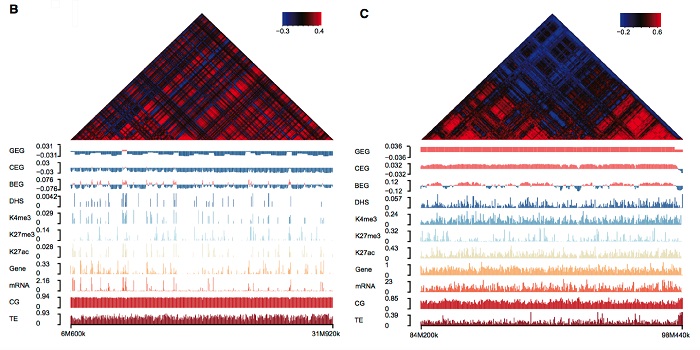
Arabidopsis and crop plants differ in their 3D genome architecture ($)
Blog, Plant Science Research Weekly, Research, Research BlogThree-dimensional organization of the genome is critical for proper gene expression. Comparison of the extremely compact genome of Arabidopsis with mammalian genomes revealed reduced local intra-chromosomal contacts (also know as Topologically Associated Domains, TADs) and fewer chromatin loops in the…
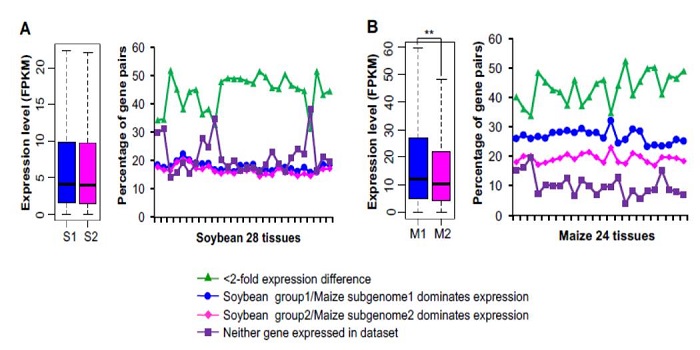
Patterns and consequences of subgenome differentiation provide insights into the nature of paleopolyploidy in plants
Blog, Plant Science Research Weekly, Research, Research BlogMany plants are polyploid, meaning that instead of the normal, diploid “2n” complement of chromosomes (one from each parent), they have more than 2n. Following whole-genome duplication, redundancy can allow the duplicated regions to diverge or become silenced. In some cases, silencing occurs preferentially…
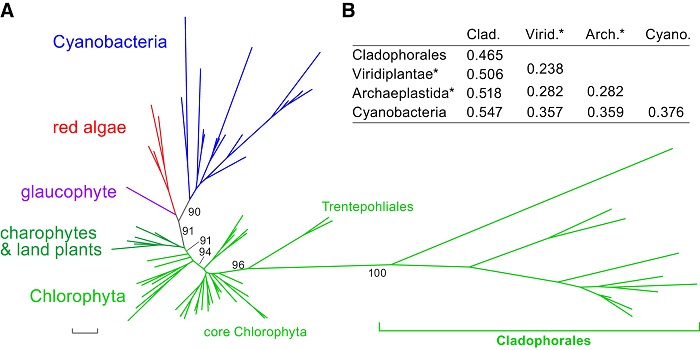
The plastid genome in Cladophorales green algae is encoded by hairpin chromosomes ($)
Blog, Plant Science Research Weekly, Research, Research BlogPlastids, the cellular sites for light reaction of photosynthesis, have a reduced genome which is circular and double stranded, ranging in the size from about 100 to 200 Kb. Some exceptions to this circular nature of plastid genomes are found in some groups of phytoplanktons, namely dinoflagellates,…
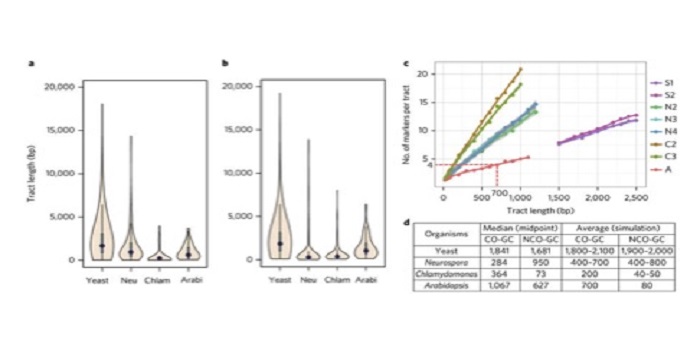
Whole-genome sequencing reveals the extent of GC-biased gene conversion in plants and fungi ($)
Blog, Plant Science Research Weekly, Research, Research BlogGene conversion, a mechanism involving the unidirectional exchange of DNA from a donor to an acceptor sequence through homologous recombination, is a major driver of genome evolution. It has been speculated that gene conversion may be biased towards GC alleles, and thus favours accumulation of GC in…
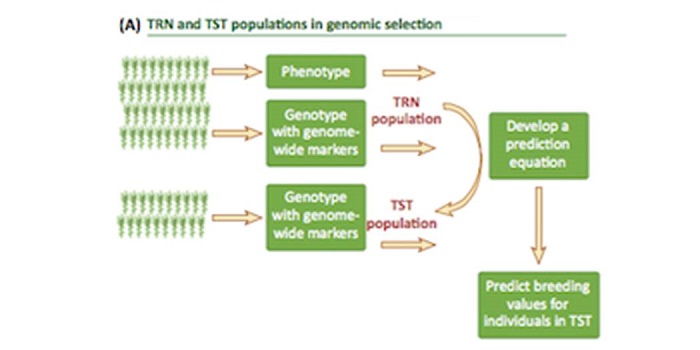
Review. Genomic selection in plant breeding: Methods, models, and perspectives
Blog, Plant Science Research Weekly, Research, Research BlogIn future years, climate change may cause significant economic losses to countries worldwide. Consequently, genetic improvement of crops fit for drought-stressed and semi-arid regions is becoming a must. In this review, Crossa et al. assess the advances in genetic selection (GS) and genomic-enabled prediction…
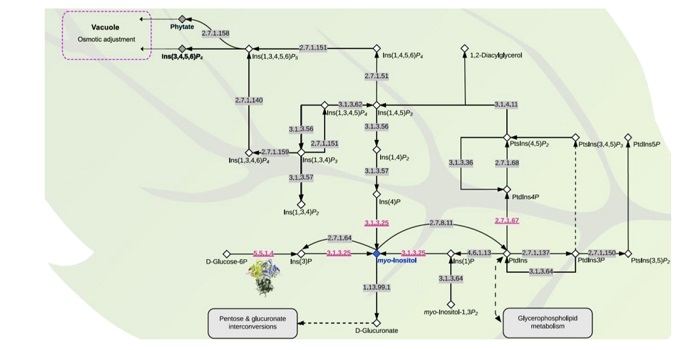
The genome sequence of the wild tomato Solanum pimpinellifolium provides insights into salinity tolerance
Blog, Plant Science Research Weekly, Research, Research BlogWild relatives of domesticated plants, such as tomato, are valuable resource for breeding, but their genomes are often not very well sequenced. Razali et al. provide the first high-quality genome of wild tomato S.pimpinellifolium LA0480, and use Dragon Eukaryotic Analysis Platform to functionally annotate…

Arabidopsis DNA Methylome Stability under Stress
Blog, Plant Physiology, Plant Physiology: On The Inside, Research, Research BlogIt has been speculated that DNA methylation could complement genetic variation, as a mode for transferring heritable information, to contribute to phenotypic variation. Indeed, DNA methylation states can be maintained faithfully over both mitotic and meiotic cell division. According to this view, any…
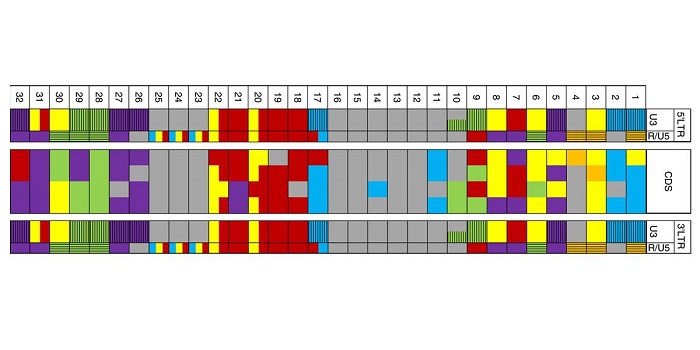
Recombination between members of Onsen family
Blog, Plant Science Research Weekly, Research, Research BlogPlant genomes are largely remnants of transposons of varying ages, some of which are presumed to be no longer capable of transposition. Sanchez et al. examined the family of Onsen retrotransposons to determine which members retain activity. They prompted transposition through heat treatment in a mutant…

